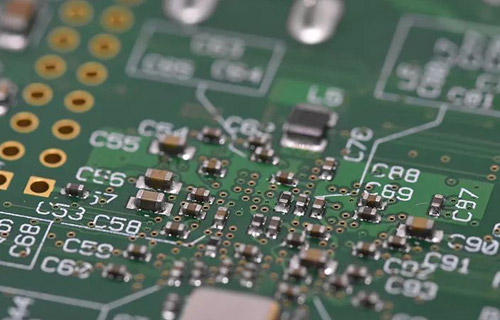In the field of PCB board design, we can see how the benefits of automation manifest themselves when using automatic routing techniques. What used to be time-consuming and laborious manual routing can now be done in hours using automated routing tools. However, there are two ways to auto-route a PCB board design: using standard auto-routing or auto-interactive routing. We'll examine Autorouting and Autointeractive Routing here to see which approach is better for your design. The traces on the printed circuit board can be interesting. Keep routing between pins while avoiding obstacles and jumping between layers, just like playing a video game. If you want to solve difficult problems, becoming a PCB board layout engineer is the way to go. But the fun is lessened when you have to follow specific design rules while having to route thousands of traces in specific patterns and lengths. Designers will need some help here, and that help will come from a PCB board autoroute. The obvious benefit of using an autoroute on a PCB board design is the speed at which all traces can be routed. Just as importantly, routers will be fast enough to compute and handle many situations, which slows down designers trying to route manually. The autorouter also has the ability to process embedded design rules in the layout database, saving time and the ability to set up your own rules as needed. They can also perform many other tasks as needed, such as beveling trace corners, trimming traces, and other trace cleanup tasks. There are two types of automatic routing available to the PCB board designer. The first is regular automatic routing, where routing is completely controlled and controlled by the router itself, although subject to the design rules you set. The second is interactive autorouting, which allows designers to control how traces are oriented on the board.

Some details about auto-routing technology
An automated router that can route an entire board for you is called a batch router. These tools have been around for a long time, and their functionality has grown and enhanced over time. In the past, the end result of a batch autorouter was more like black box magic than anything else, but that has changed and routing is now predictable and repeatable. These routers are fully configurable with multiple options to give you the results you want. Today, most batch autoroutes are directly integrated into their associated PCB board layout design tools. This allows them to easily use the design rules and constraints already set for the board. While this saves designers a lot of time, routers also have the ability for designers to change these rules. In addition, it is possible to configure how the router operates and the type of routing. Some of these options include:
Pre-Route: Use this option to route only escape traces and vias for surface mount components.
Routing: This includes routing the entire board in full bulk, or routing selected nets just by running a few traversals of the auto-routing program to complete the routing.
Purge: This will remove loops and stubs that may have been left over from the auto-routing process.
After Routing: This option is used to incorporate other routing functions such as shielding or test points.
Autoroutes are a great tool to use and save a lot of time, but you need to be aware that the pattern of the results is essentially orthogonal. While this is helpful for some types of networks, it's not necessarily the way to route a tight bus trace for memory routers. To this end, we will introduce the automatic interaction router. Modern PCB board auto routers have many rules and properties that can be set for a design.
How is automatic interaction routing different?
Automatic interactive routing still uses the capabilities of the automatic routing engine but combines it with the skills of the PCB board layout designer to guide routing paths. This is done by providing designers with a virtual canvas where they can set the parameters and directions of the routing to be done. A good example of how automated interactive routing works in PCB design: First, meshes are organized into bundles so that they can be manipulated as a group in the design. Using the Constraint Manager in Allegro, nets can be easily selected by their groups and assigned to bundles from the schematic or layout. Once a bundle is created, routing properties can be attached to it, pins can be swapped, and routing layers adjusted as needed. Next, manipulate the bundles as needed to achieve the routing flow required by the designer. This allows designers to navigate conflict areas around bundles, such as connectors or tight component placement. Once bundled in place, designers can straighten out the twisted connections going into the pins. This can be done by repositioning bundles, swapping pins, or changing layers. Convert beams to regular etch traces to be part of the finished design database. Automatic interactive routing enables designers to manually create the tight routing patterns required by DDR or other router technologies while having the speed of an automatic router. In addition, automatic interactive routers can be used for high-speed tracking adjustments and other route-clearing tasks. The truth is, that both types of auto-routers are important, depending on the type of routing you need to accomplish. As we can see, routing the DDR memory bus is more efficient when using automatic interactive routing. However, when the DDR routing is done and there are still many loose wires to connect, a regular batch router will be your friend - especially when it comes to cleaning up routing. It's also very convenient to use a standard router to quickly break into point-to-point routing and save yourself from tedious manual routing work on PCB board.